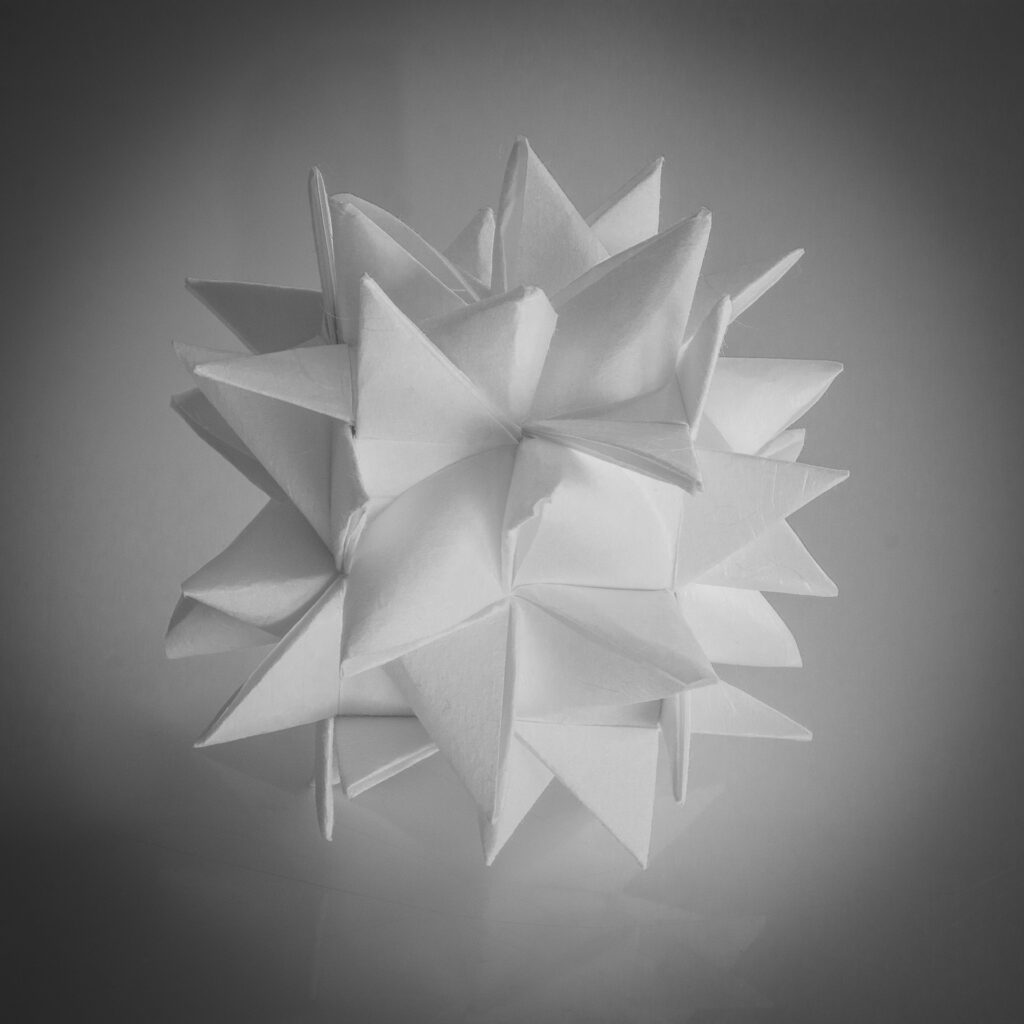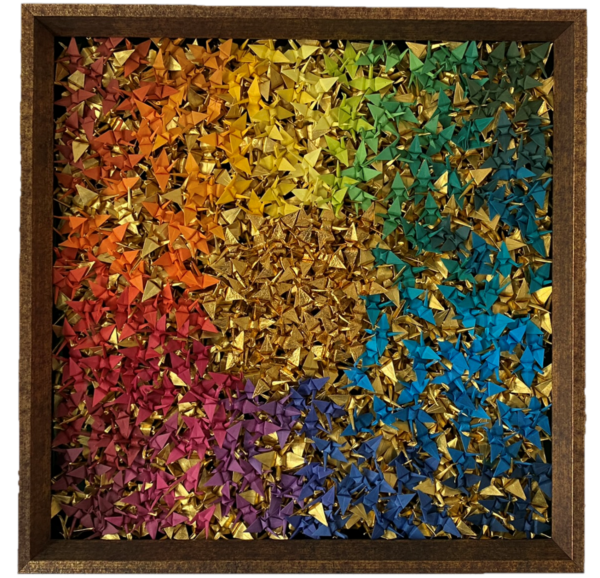1000 Cranes: Tradition and Legend
Folding 1000 cranes and giving them as gifts has long been regarded in Japan as a heartfelt wish for recovery or as a good luck charm. Since the Story of Sadako Sasaki , they are also, like no other, a symbol for the heartfelt desire for piece.
折り紙 (Origami), which simply means "folded paper", has a long tradition in Japan.
Whether it found its way to Japan through the travels of Buddhist monks or by other means, no one can accurately say today.
Incidentally, the oldest known origami work is a folded butterfly that attended a shintō-wedding as decoration.


Interestingly, origami also found its way to Germany, where from 1800 onwards it was also used in many ways in kindergartens as an educational activity.
The famous Froebelstern also came from this period. And when the Japanese took over parts of the German school system from 1880, they also began to adopt the tradition of origami more firmly in schools.
The Symbol of the 1000 Cranes
The Crane (鶴 – tsuru) is an important symbol in Japan and has always served as inspiration for paintings and legends.
The folded crane (折鶴 – orizuru) represents a Manchurian crane that is known to commit to the same partner for life and, according to legend, live up to a thousand years. It promises happiness, fertility and inner wealth.

The tradition of folding 1000 Cranes (千羽鶴 – Senbazuru) probably also arose from the legend of the thousand-year-old cranes.
According to myth, the gods grant the folder a wish, granting them long life, happiness and health.
This makes cranes a very special gift for close friends and family in Japan.


Whoever folds 1000 Cranes, the gods grant a wish, eternal happiness and healing
Old Japanese Legend
And that is also the reason why many works, e.g. "Sunrise" contain 1000 cranes .
As a heartfelt get-well wish for a loved one, as a heartfelt gift or simply as a hope-giving symbol for peace.

